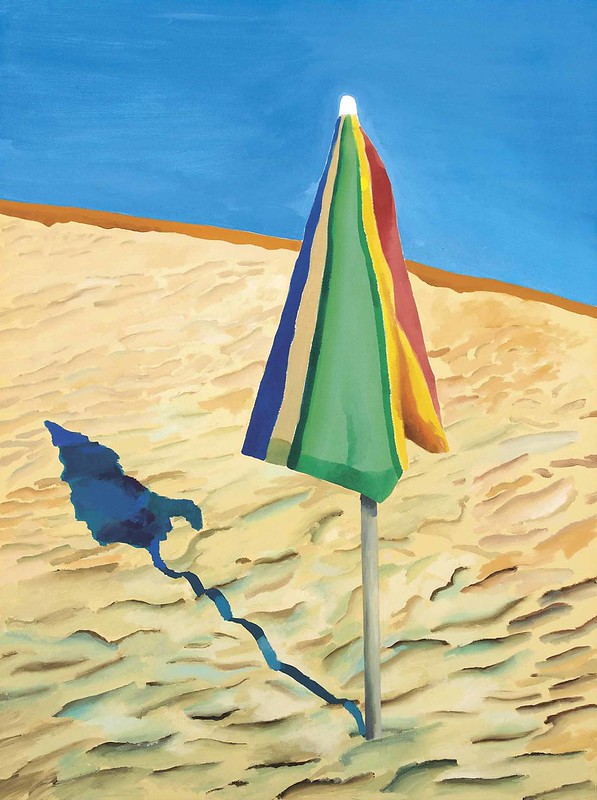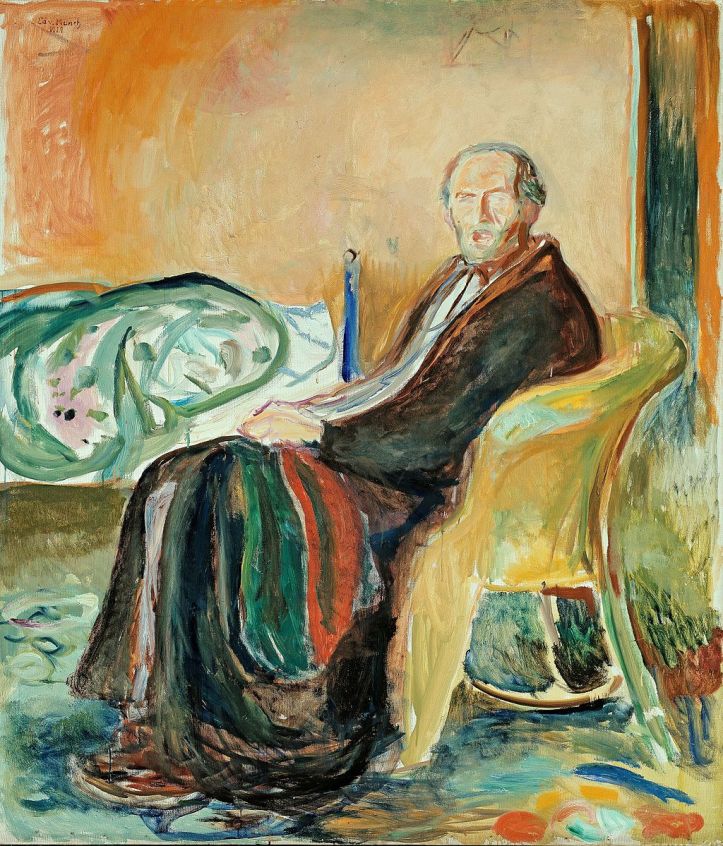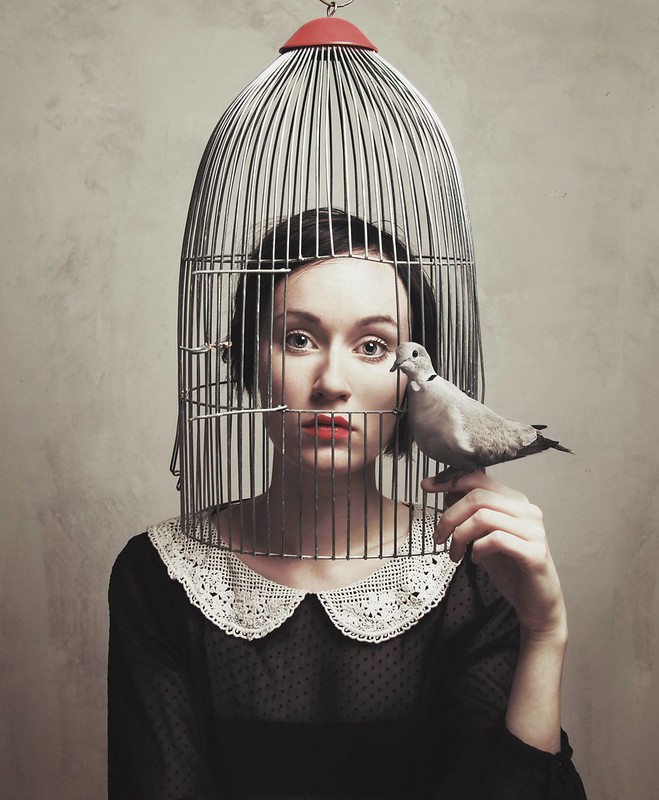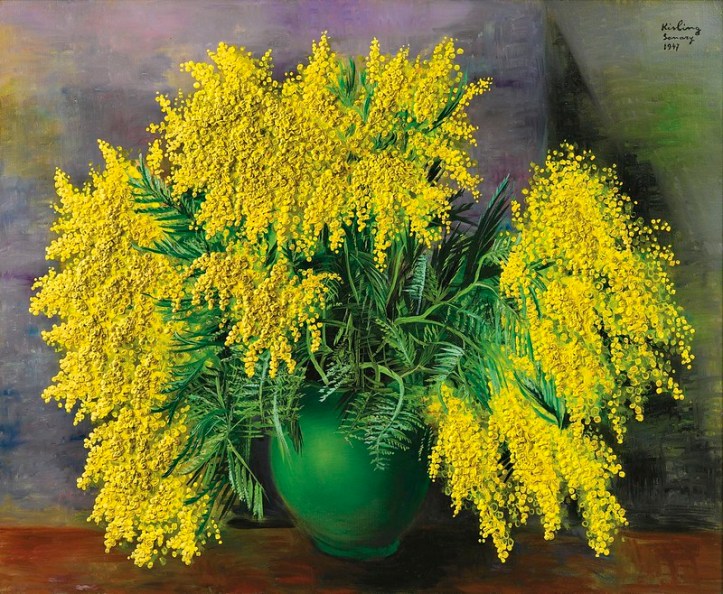“When you are so full of sorrow
that you can’t walk, can’t cry anymore,
think about the green foliage that sparkles after
the rain. When the daylight exhausts you, when
you hope a final night will cover the world,
think about the awakening of a young child.”Omar Khayyám, The Rubaiyat of Omar Khayyam
As we saw in last week’s post, poetry, such as the extract above, can bring light and joy into our lives, especially when we are sad or afraid.
How else do the arts offer us strength and comfort?
The Arts Keep Us Connected To, And Appreciative Of, Our World.
“Art is our one true global language. It knows no nation, it favours no race, and it acknowledges no class. It speaks to our need to reveal, heal, and transform. It transcends our ordinary lives and lets us imagine what is possible.”
Richard Kamier
Art enables a connection to others, to the world and to ourselves. The arts as a whole can help us appreciate the beauty of the world and remind us of all that we do have at a difficult time.
They can show us the beauty in the ordinary, the fascination in the mundane. If we look, really look at our world, we will find new interest in aspects we may previously have overlooked.

Tjalf Sparnaay: Sandwich Ham-Egg. Oil on canvas. Wikimedia Commons.

David Hockney. Beach Umbrella. 1971. Gandalf’s Gallery. Flickr.
“Art can do the opposite of glamourising the unattainable; it can reawaken us to the genuine merit of life as we’re forced to lead it.”
Alain de Botton. Art As Therapy.
The Arts keep us especially connected to history. We might feel that the current pandemic is without precedent; it may be so in our own life experience, but history as presented through art will reveal something different.
Some people might have preferred, on the other hand, to think of pandemics as outdated, a thing of the past; art serves to highlight the links and repetitions throughout history.
The artist Munch caught Spanish ‘flu in 1918; his paintings, below, serve to remind us that, over a hundred years ago, others suffered a similar crisis to ours.

Self Portrait During the Spanish Flu Pandemic. Edward Munch. Wikimedia Commons.

Self Portrait After the Spanish Flu Pandemic. Edward Munch. Wikimedia Commons.
My great nephew has just been born in this Coronavirus pandemic; my father, his great, great grandfather, was born in the Spanish ‘flu pandemic. History repeats itself, in life, in art and in literature.
“The Plague.”
Sales of Camus’ The Plague are increasing dramatically in this time of Coronavirus. It seems that people want to learn, to compare and contrast, to detect patterns, similarities and differences, to try and understand what is happening in the light of the past.
In Camus’ book, there is the constant theme of the arbitrariness and randomness of life and death, a strong message that we humans can be susceptible to sudden death in any era.
Camus sees something timelessly reassuring in this fact, curiously comforting…. he teaches us to be appreciative and accepting of others…..
This is what Camus meant when he talked about the “absurdity” of life. Recognizing this absurdity should lead us not to despair but to a tragicomic redemption, a softening of the heart, a turning away from judgment and moralizing to joy and gratitude.
Alain de Botton. New York Times. March 2020.

“How should they have given a thought to anything like plague, which rules out any future, cancels journeys, silences the exchange of views? They fancied themselves free, and no one will ever be free so long as there are pestilences.”
Camus. The Plague. 1947
In a pandemic, we are all hostages to the virus, part of a shared human community, needing each other, more than ever. At such a time it is also crucial to appreciate what others can do for us, whether it is those on the frontline, or those who have given us the arts.

“A hundred times every day I remind myself that my inner and outer life depend on the labours of other men, living and dead, and that I must exert myself in order to give in the same measure as I have received and am still receiving.”
Albert Einstein.
The Arts Help Us Process Our Own Experience.
“all art is pain
suffered and outlived”
Robert Hayden, Collected Poems

Edward Munch. ‘Melancholy.’1911. Wikimedia Commons.
“I think artists can go to a level of vision that can often save us from a situation which seems to have no solution whatsoever.”
Julia Cameron
Stories other people have told may help us make sense of what we ourselves are experiencing.
We can learn from how others have managed difficult times and benefit through their wisdom.
Richard Kamler
For example, the book Stations Eleven, an apocalyptic novel, imagines a dystopian future after civilisation has been destroyed by a deadly flu virus.
The protagonist leads a wandering entertainment troupe, for the few remaining people do still want the arts, especially performances of Shakespeare. It was called The Travelling Symphony and it performed music and Shakespeare.
In the novel this dystopian world alone remains ; there is very little left of the previous life. But this group is determined to keep the arts alive, despite great risks.
“People want what was best about the world.”
“What was lost in the collapse: almost everything, almost everyone, but there is still such beauty.”
Stations Eleven
On the side of the caravan of The Travelling Symphony is written :
“Because survival is insufficient.”
The main message of the book is this: we need something more than survival. The Arts can give us more, enriching our life and giving it meaning and beauty. The Arts help us reassess, reevaluate and take stock.
How Do The Arts Make Us Think?
In so many different ways, the arts present us with a new vision, a new way of seeing and thinking.
Look at the painting by Hopper below.
 Edward Hopper – Office in a Small City [1953] Gandalf’s Gallery. Flickr
Edward Hopper – Office in a Small City [1953] Gandalf’s Gallery. Flickr
What does it make you think and feel? Can you identify with the man in the painting? Does it have relevance today, having experienced lockdown? Does it make you think about whether, in ‘normal,’ pre-Covid times, we really need to be cooped up like battery hens in small spaces?

“Art is a wound turned into light.”
Georges Braque
“Art is to console those who are broken by life.”
Vincent Van Gogh.
But art is not all about beauty. Nor should it be. Art must make us think, must grab the world’s attention, point out its failings, its shortcomings, make us wonder, question, make us think. The arts must be meaningful.
In times of crisis, thinking is extra important. During such times in our lives, we have the chance to reflect, reassess our ways of being, contemplate who we are and how we live. Art can help with this process, both in terms of looking at other people’s art and making art oneself.
“It is your ability as a creative person to envision positive change that will make a difference.”
Patricia Johanson
And yet……

In some ways Alain de Botton disputes the above view about art not being worthwhile if it is only beautiful. He makes a good point about pretty paintings of beautiful scenes or objects that is extra relevant in the time of Coronavirus.
de Botton emphasises the fact that in difficult times we need the hope and positivity that beauty brings; it thus fulfils a very important role for us.
“The more difficult our lives, the more a graceful depiction of a flower might move us….. The man who painted a picture of humble, beautiful chrysanthemums was…. intensely aware of the tragedy of existence……Henri Fantin Latour knew all about tragedy, but his acquaintance with it made him all the more alive to its opposites.”
“We appreciate beauty more when we are aware of life’s troubles.”
Alain de Botton.
 Moïse Kisling – Mimosas [1947] Gandalf’s Gallery. Flickr.
Moïse Kisling – Mimosas [1947] Gandalf’s Gallery. Flickr.
The essence of all beautiful art, all great art, is gratitude. – Friedrich Nietzsche
©Linda Berman.


thought provoking and enjoyable !!!! Thanks….
LikeLiked by 1 person
Thanks so much for your supportive comment, Janette. Much appreciated. Linda. 🌻
LikeLike